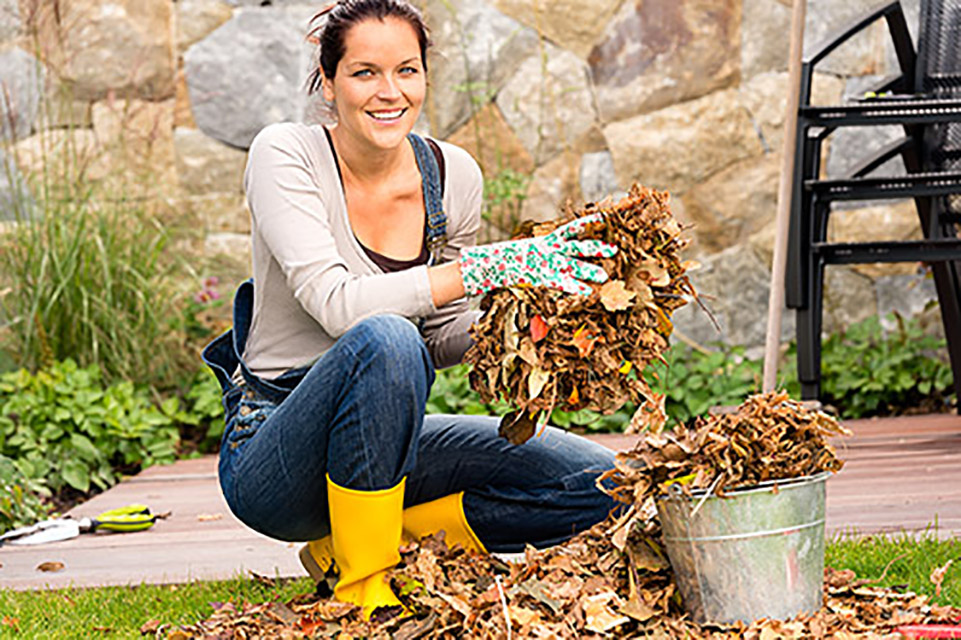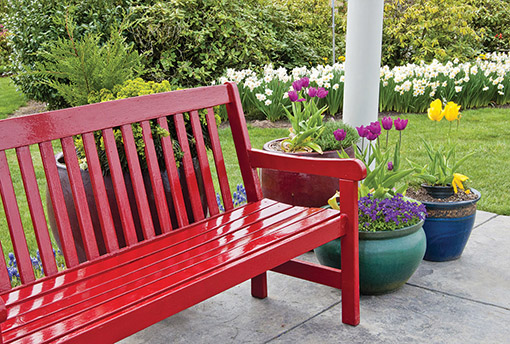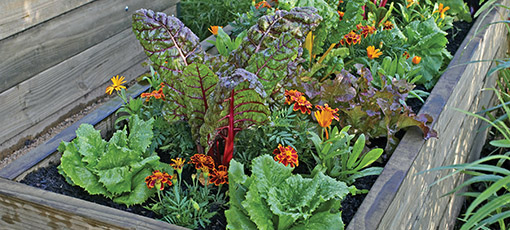
It’s Time to Winterize Your Garden
By Betty Sharpless
If you are a gardener, you may think that wintertime is a good time to take up an indoor hobby. Nope! Take advantage of the next mild day to upgrade your garden.
This will result in a much stronger, brighter garden for the year of 2020.
First on the to do list: cut back old stalks and leaves that have turned brown in your flowerbed. A really easy way to know what to cut or prune is, “prune after it blooms.” In other words, don’t cut your azaleas in the fall or you will be cutting off all of the buds for next spring. In the fall, prune your crape myrtles, butterfly bushes and hydrangeas. Next spring, get into the habit of following each bloom season with a decisive trimming.
Once the bushes are tidied up, snip back the remains of flowers and greenery that have gone dormant. As you go, deadhead (snip off the former blooms) flowers back into the garden to encourage more blooms in the following year. Conversely, if you already have too many Black Eyed Susans, cut those stalks with their seed heads on and remove them from your garden beds. This is also a good time to share seeds with friends so they can have blooms in their gardens.
When you have cleared off the old stalks and leaves, use a rake to remove leaves and debris. If you have a compost pile, add your leaves to decompose into amazingly rich soil to top dress your garden beds next spring. If you would like to have annual poppies and larkspur, now is the time to sprinkle the seeds over the surface of your clean beds.
When people ask me why their garden is not blooming the way “it once did,” my first question is, “When was the last time you fertilized?” Generally speaking, you should fertilize with a balanced fertilizer such as Plantone, twice each year. I recommend feeding your garden and shrubs in October and March. The October feeding is for your spring blooms, the March feeding is for your fall blooms and general health. Give each shrub about one cup of fertilizer. Azaleas, rhododendrons and evergreens would like Hollytone fertilizer even more than the Plantone. If you have perennial beds, sprinkle them with Plantone instead of trying to feed each plant. These two fertilizers are organic, safe for pets and will not burn your plants if you overfeed.
After a hard day in the winter garden, nothing tastes as good as a hearty soup. One of my favorite winter soups is made with winter greens or spinach, potatoes and onions. The attached recipe may
become your favorite winter soup too!
Green Soup
In a large soup pot, add 1/3 cup olive oil or butter, 1 large chopped onion, 3 cloves of garlic, chopped. Cook over medium heat until the onions are soft. Add 5-6 yellow potatoes, chopped into ½” cubes. Add chicken stock and water just to cover, and cook until the potatoes are tender. Add 4-5 cups chopped Swiss chard, kale and spinach. Cover tightly and turn off the heat. After the greens have wilted, use an immersion blender (or potato masher) to blend about half of the soup, leaving the other half as chunks to add texture. Serve soup topped with shredded sharp cheddar or tortilla strips.
Betty Sharpless is a professional free-lance gardener, writer, and quilter who loves firecracker alliums–magic wands in the making! Follow her on Instagram @sharplessbetty


